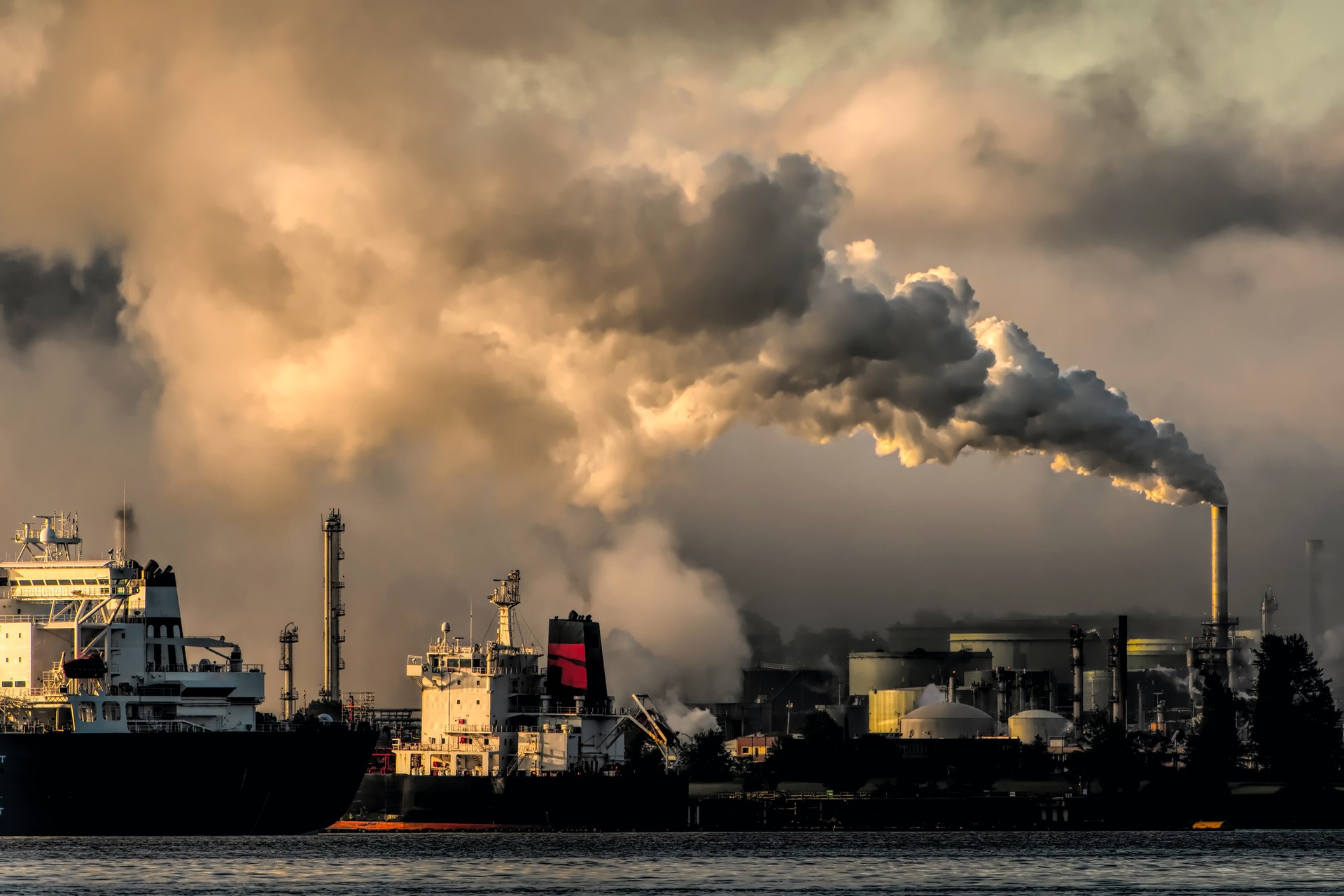What does Truss promise for net zero?
Read time: 4 minutes

Read time: 4 minutes

The conservative leadership battle ended on September 5th when Liz Truss beat ex-chancellor Rishi Sunak to the top position. Environmental groups and energy sector insiders have voiced concern about some of Truss’ policies, including her open intention to back domestic fossil fuels.
Truss and her advisors are discussing plans to issue up to 130 new drilling licenses in response to Russian oil and gas supply issues. However, this decision is unlikely to ease the current energy bill crisis when it will take up to three decades to pump fossil fuels from the ground. Issuing upwards of one hundred drilling licenses today wouldn’t mean new and cheaper fuel tomorrow, but rather in about thirty years’ time, much later than key net zero deadlines.
In order to service UK energy needs and guarantee supply, Truss is ending the freeze on fracking and turning to North Sea gas pipelines which she plans to exploit fully. So far, the majority of Truss’ solutions to the energy crisis are heavily reliant on fossil fuels and gas, which is in conflict with the International Energy Agency’s strong caution that new oil and gas projects must be stopped in order to mitigate climate change.
The reason for this approach to offsetting the energy crisis is a heavy emphasis on building a self-sufficient energy network, regardless of the environmental damage it causes. Even with domestic fossil fuel production ramping up, UK fossil fuels will be sold to the highest bidder on the global market, meanwhile the cost of renewables continues to fall.
So, what does this mean for renewable energy? The statistic dominating UK climate news is that renewables are around nine times cheaper than fossil fuels, plus they are quicker to set up and plug in. On average, renewable energy generated from wind and solar is 30-50 per cent cheaper than was originally thought according to figures published by the UK government. A solar farm can be set up in just weeks, wind farms in months, and offshore wind projects in around 3 years.
Truss critiqued solar farms during her campaign and has vowed to change the rules in favour of land being used for food rather than solar projects. She also plans to introduce a moratorium on the green energy levy, an obligation on licensed fossil fuel gas suppliers in the UK to pay a quarterly levy based on the number of meter points they serve; the funds raised from this are then channelled to the Green Gas Support Scheme (GGSS). Truss believes the moratorium will lessen the blow of energy price increases and reduce citizens’ tax burdens.
However, these plans come with very little evidence as to how they will work in practice, spelling trouble for the renewables sector. Campaigners and energy industry insiders have been vocal about the underwhelming impact these schemes will have, claiming that boosting domestic gas production will have little impact on the UK’s energy security given the timeframes associated with these projects. The moratorium will also mean that the schemes supported by it will have to be funded through taxation, or the funding will stop entirely.
Nina Skorupska CBE, chief executive of the Association for Renewable Energy and Clean Technology (REA), said:
“As we have warned throughout the leadership contest, knee jerk and ill-thought-out cuts to renewable energy investment schemes will simply store up problems for the future, and save relatively little in the short-term. To deliver an energy future that is independent, secure and stable, we need to accelerate renewable energy deployment. That is how we solve this crisis.”
Truss is in support of offshore wind and nuclear energy. Currently there are no concrete plans to expand offshore wind, only ones to inhibit onshore wind, but she does support nuclear. Climate campaigners have long been apprehensive about the nascent nuclear industry, citing its excessive costs and timeframes as a key reason for their inadequacy in tackling current climate problems. There are also concerns about toxic nuclear waste, with no clear way to dispose of uranium after its use.


Despite some concerns that Truss’ government could slow the drive to reach net zero by 2050, the current environment minister, Lord Goldsmith, has stated that Truss’ decision to scrap green levies will not result in cuts for home insulation investment. In response to this, climate advisors are urging Truss to invest in energy efficiency, renewables, and green heat.
In line with the government’s target to install 600,000 heat pumps by 2028, a commitment Truss plans to honour, the government will provide £5,000 subsidies for those interested in installing a heat pump. However, this only covers around half the cost of a heat pump. Furthermore, these grants will be funded by the taxpayer which could mean increasing tax bills. With energy prices anticipated to reach £4,200 per annum by January 2023, the heat pump grants might not be enough to encourage the uptake of green building techs.
Truss will begin instigating her policies over the coming weeks with energy being a key focus of her campaign. Since her policies are mainly centred on drilling and boosting domestic gas production, environmentalists are concerned about what this could mean for the UK’s renewables sector and incipient net zero targets. If the central reasoning for these policies is to ease current energy bill surges, then the concerns of industry insiders are not unfounded. Only time will tell the extent of the impact Truss’ government will have on the renewable energy sector.
Truss’ focus on growth is welcome, but we hope she considers investment into the green economy if meeting net zero targets is to become a reality. Green investment is not only essential to manage the impacts of climate change we have witnessed this year, but also as a route to guaranteeing the future of British energy security while driving economic growth and creating jobs. The UK’s net zero transition could create 700,000 jobs, and decarbonising homes, workspaces, transport and energy will require investment worth £350-400 billion. We hope Truss’ government will take this into consideration.
Share